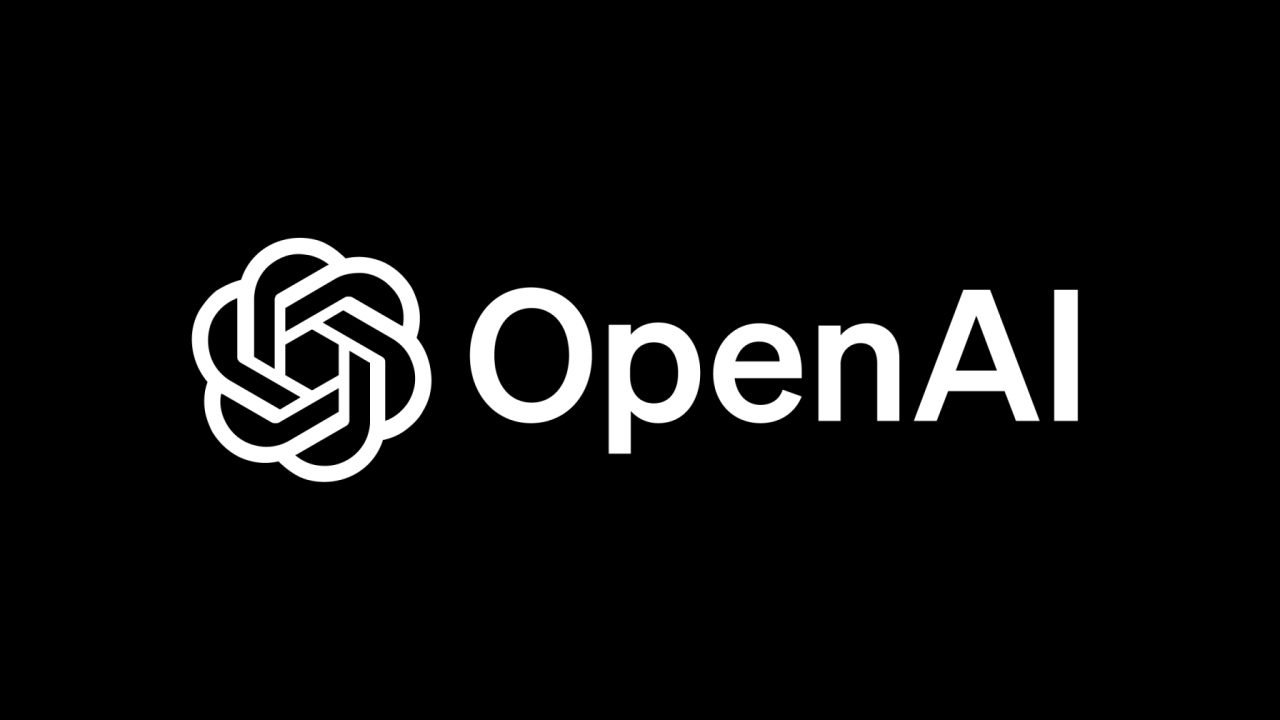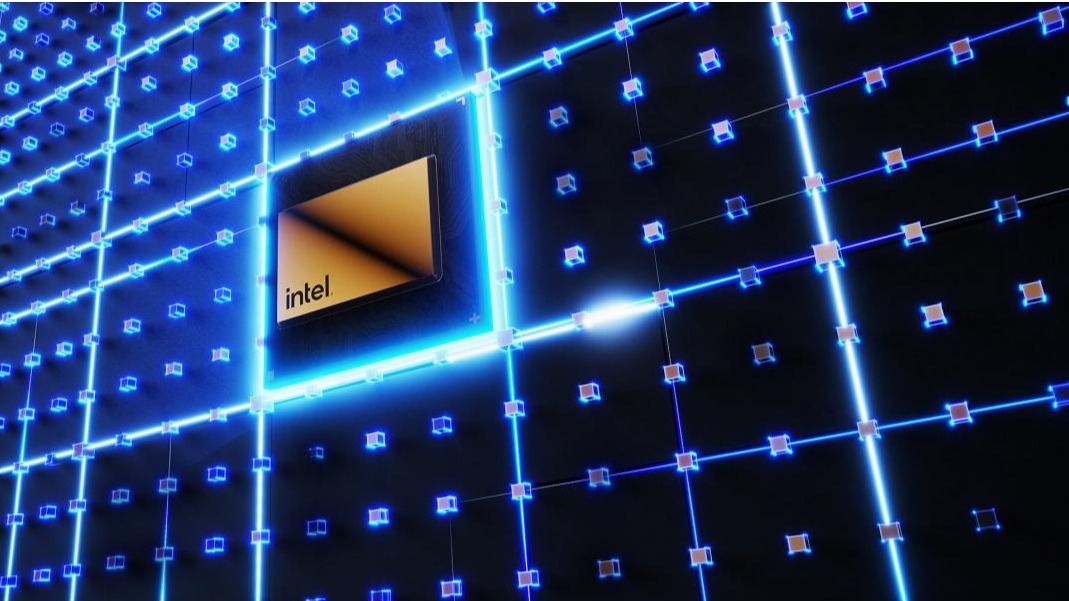Intel's chief executive officer, Pat Gelsinger, has been forced out after the board lost confidence in his ability to turn around the struggling chipmaker, marking a dramatic end to his 40-plus-year career with the company.
The board gave Gelsinger the option to retire or be removed, with the decision coming after a critical meeting last week discussing the company's progress in winning back market share and competing with rivals like Nvidia. David Zinsner, the chief financial officer, and Michelle Johnston Holthaus, newly appointed chief executive of Intel Products, will serve as interim co-chief executives.
Gelsinger, who returned to Intel in 2021 after previously leaving in 2009, had been viewed as a potential saviour for the company. His ambitious plans included expanding Intel's manufacturing capabilities and breaking into chip manufacturing for other companies - a strategy that ultimately failed to restore the company's former market leadership.
Frank Yeary, independent chair of the board, acknowledged the challenges, stating: "While we have made significant progress in regaining manufacturing competitiveness and building the capabilities to be a world-class foundry, we know that we have much more work to do at the company and are committed to restoring investor confidence."
The company's struggles have been stark. Intel suspended its dividend in August, cut more than 15 per cent of its workforce, and reported significant operating losses. The chipmaker has struggled to compete in the artificial intelligence computing market, with Nvidia emerging as a dominant force.
Gelsinger reflected on his departure with a bittersweet statement: "Leading Intel has been the honor of my lifetime – this group of people is among the best and the brightest in the business. Today is, of course, bittersweet as this company has been my life for the bulk of my working career."
The change in leadership comes at a critical time for Intel, which has received nearly $8 billion in federal grants to build semiconductor manufacturing facilities across the United States. The company will now seek a new chief executive to navigate its complex challenges in an increasingly competitive technology landscape.
Investors initially responded positively to the news, with Intel's shares gaining as much as 6 per cent before retreating, ultimately closing down 0.5 per cent at $23.93.
Latest News
-
The top technology trends to expect in 2026
-
The most read National Technology News stories of 2025
-
Lyft and Uber sign deals with Baidu for robotaxi trial in London
-
Nextdoor launches AI-driven self-serve ads platform for small businesses
-
Italy's antitrust fines Apple €98.6m over alleged App Store dominance
-
Visa partners with UAE real estate firm to launch voice-enabled agentic commerce payments
The future-ready CFO: Driving strategic growth and innovation
This National Technology News webinar sponsored by Sage will explore how CFOs can leverage their unique blend of financial acumen, technological savvy, and strategic mindset to foster cross-functional collaboration and shape overall company direction. Attendees will gain insights into breaking down operational silos, aligning goals across departments like IT, operations, HR, and marketing, and utilising technology to enable real-time data sharing and visibility.
The corporate roadmap to payment excellence: Keeping pace with emerging trends to maximise growth opportunities
In today's rapidly evolving finance and accounting landscape, one of the biggest challenges organisations face is attracting and retaining top talent. As automation and AI revolutionise the profession, finance teams require new skillsets centred on analysis, collaboration, and strategic thinking to drive sustainable competitive advantage.
© 2019 Perspective Publishing Privacy & Cookies









Recent Stories